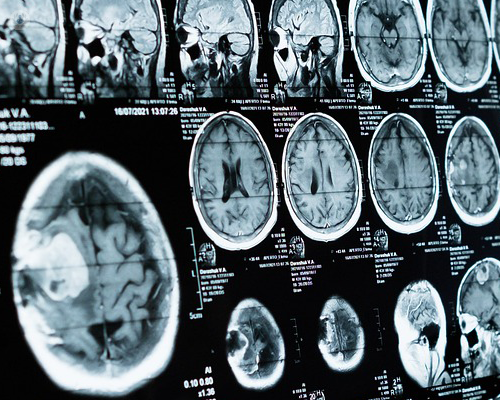Neurorehabilitation following a TIA: What’s involved?
Escrito por:Transient ischaemic attack (TIA), often referred to as a mini-stroke, is a temporary interruption in blood flow to the brain, resulting in transient neurological symptoms. While TIAs typically resolve within 24 hours, they serve as warning signs of an increased risk of a full-blown stroke.
Neurorehabilitation following a TIA plays a crucial role in minimising the risk of future strokes and optimising recovery. Leading consultant neurologist, stroke and rehabilitation physician Dr Arvind Chandratheva who practises at the Cleveland Clinic Rehabilitation Unit, has provided a detailed guide about this process, below.

What is neurorehabilitation, and how does it help following a TIA?
Neurorehabilitation is a specialised medical approach aimed at improving function, independence and quality of life for individuals affected by neurological conditions, including TIAs. Following a TIA, neurorehabilitation focuses on several key areas:
Physical rehabilitation
This involves exercises and activities aimed at improving strength, coordination, balance, and mobility. Physical therapy may help individuals regain lost function and prevent future disability.
Cognitive rehabilitation
TIAs can affect cognitive function, such as memory, attention, and executive function. Cognitive rehabilitation strategies aim to improve cognitive abilities and compensate for any deficits.
Speech and language therapy
Some individuals may experience speech and language difficulties following a TIA. Speech therapy helps address communication challenges, such as aphasia or dysarthria.
Psychological support
Coping with the aftermath of a TIA can be challenging. Psychological support, including counselling or therapy, may help individuals manage emotional reactions, anxiety or depression.
Lifestyle modifications
Neurorehabilitation emphasises lifestyle changes to reduce the risk of future TIAs or strokes. This may include dietary modifications, smoking cessation, weight management and regular physical activity.
What are the goals of neurorehabilitation following a TIA?
The primary goals of neurorehabilitation following a TIA are:
- Prevention of recurrent strokes: Neurorehabilitation strategies aim to address underlying risk factors for stroke, such as hypertension, diabetes, hyperlipidaemia and atrial fibrillation, to reduce the risk of future TIAs or strokes.
- Maximisation of functional recovery: Neurorehabilitation helps individuals regain lost function and achieve their highest level of independence in daily activities.
- Improvement of quality of life: By addressing physical, cognitive, and emotional challenges, neurorehabilitation aims to enhance overall quality of life for individuals affected by TIAs.
How long does neurorehabilitation following a TIA last?
The duration of neurorehabilitation following a TIA varies depending on individual needs and goals. Some individuals may require only short-term rehabilitation to address transient symptoms, while others may benefit from more intensive and prolonged rehabilitation to address persistent deficits or risk factors.
The neurorehabilitation team works closely with the patient to develop a customised treatment plan that may include inpatient, outpatient, or community-based services.
Are there any specific neurorehabilitation techniques used following a TIA?
Neurorehabilitation following a TIA may incorporate various evidence-based techniques and interventions, including:
Constraint-induced movement therapy
This technique involves restraining the unaffected limb to encourage the use of the affected limb, promoting motor recovery.
Mirror therapy
Mirror therapy uses a mirror to create the illusion of movement in the affected limb, facilitating motor relearning and reducing pain.
Virtual reality therapy
Virtual reality environments provide immersive experiences to promote motor and cognitive rehabilitation, such as balance training or activities of daily living simulations.
Constraint-induced aphasia therapy
This technique involves intensive language therapy to improve communication skills in individuals with aphasia following a TIA or stroke.
Cognitive training
Cognitive rehabilitation exercises target specific cognitive skills, such as attention, memory, problem-solving, and executive function, to improve cognitive abilities and functional outcomes.
Can neurorehabilitation help prevent future TIAs or strokes?
Yes, neurorehabilitation plays a vital role in reducing the risk of recurrent TIAs or strokes by addressing modifiable risk factors and optimising recovery.
By promoting healthy lifestyle habits, managing underlying medical conditions, and providing education and support, neurorehabilitation empowers individuals to take control of their health and minimise the risk of future vascular events.
Regular follow-up with healthcare providers is essential to monitor progress, adjust treatment plans as needed, and provide ongoing support and guidance.
Require expert assistance regarding neurorehabilitation following a TIA? Arrange a consultation with Dr Chandratheva via his Top Doctors profile.


